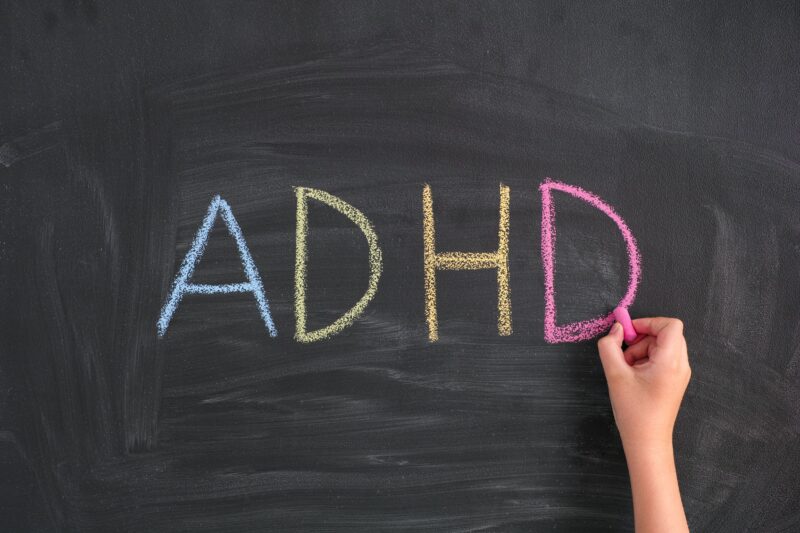Understanding Attention Deficit and Hyperactive Disorder (ADHD)
Before looking into navigating an ADHD diagnosis, it’s first important to understand what ADHD actually is.
ADHD is defined in the DSM-V as a neurodevelopmental disorder characterised by persistent patterns of inattention and/or hyperactivity-impulsivity that interferes with functioning or development. There are three subtypes within ADHD including primarily inattentive, primarily hyperactive or a combined presentation of inattentive and hyperactive. While ADHD can have impacts on children’s ability to focus, control impulses and navigate social interactions, children with ADHD often experience strengths of dynamic thinking, creativity, and an energetic approach to the world.
Why seek a diagnosis
Seeking a diagnosis for ADHD is beneficial because it can provide clarity and understanding of the challenges your child may be facing. ADHD is formally diagnosed using the criteria within the DSM-V and requires a comprehensive assessment by healthcare professionals, which may include paediatricians, psychologists, or psychiatrists. This evaluation helps rule out other possible causes of symptoms and ensures appropriate treatment planning.
Understanding your child’s diagnosis can also lead to accessing specialized services and accommodations at school, such as individualized education plans (IEPs), which can support academic success and social-emotional development.
Steps following a diagnosis
Families can take several steps to support their children following an ADHD diagnosis.
- Educate yourself: Learn more about ADHD through reputable sources and support groups. Understanding the condition will help you advocate for your child and make informed decisions about treatment options. Take a look at our blog post ‘Top 10’ best books for parents of children with ADHD’ for some of our top recommendations. Remember, each child will present differently and have their own unique experiences.
- Contact local support services: Reach out to local resources such as paediatric occupational therapists, ADHD support groups, and community organizations specializing in neurodiversity to access additional guidance and assistance.
- Develop a treatment plan: Work with your child’s healthcare team and educators to create a tailored treatment plan. This plan may include behavioural interventions, educational supports, and in some cases, medication. This treatment plan is likely to change over time to best support your child in their development.
- Use your support network: Reach out for support of family members and friends who can provide emotional support, respite care, and practical help as you support your child in navigating their activities of daily life. Remember, you are not alone on this journey and many other parents are also navigating the early stages of a diagnosis.
Medication
Medication can often be recommended as part of ADHD treatment and can be effective in managing symptoms such as inattention, hyperactivity, and impulsivity. Stimulant medications like Ritalin, Adderall or Vyvanse are commonly prescribed and work by increasing dopamine and norepinephrine levels in the brain, which help regulate attention and behaviour. It’s essential to work closely with your healthcare provider to find the right medication and dosage for your child. Monitoring for side effects and adjusting treatment as needed is also crucial. Medication should complement a comprehensive treatment plan that integrates behavioral interventions and supportive therapies.
Support for parents and caregivers
There are a number of neuro-affirming support groups and resources available for parents and caregivers to access guidance in supporting their children with ADHD.
- ADHD Support Groups: Many local communities in Australia have support groups for parents and families. These groups offer a safe space for sharing experiences and connecting with others who understand the challenges and joys of raising children with ADHD.
- Podcasts and books: There are various podcasts and books, written specifically for parents of children with ADHD, offering insights, guidance and strategies to support their child’s development and well-being.
- Self-care: Taking care of yourself is essential. Managing stress, getting enough rest, and seeking support when needed will help you better support your child. Reaching out for help is crucial for parents and carers to look after themselves and avoid burnout.
Occupational Therapy is one of many support services that can provide the child and their family with strategies to reach their unique potential and enable them to live a meaningful life. Check out our blog on ‘How can Occupational Therapy Help Kids with ADHD?’ for more information.
If you would like to learn more about how we can help your child, please call us on 9913 3823 or email hello@occupationaltherapy.com.au.


